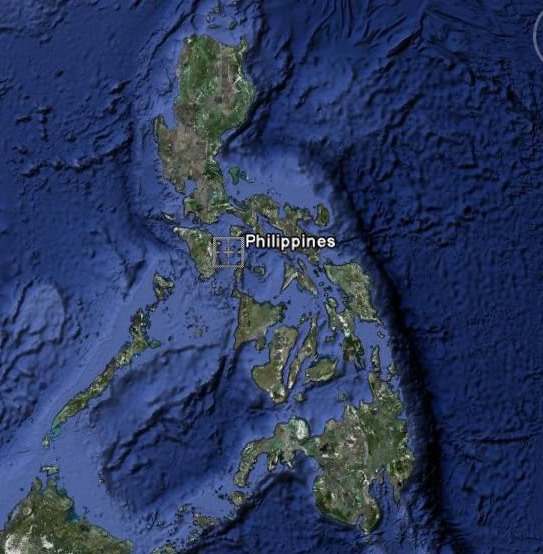Langkawi Box Jellyfish Death
Back to Langkawi. It's been a while. Four years ago, this blog wrote about a young girl stung by a box jellyfish on Tanjung Rhu. It appeared she suffered some kind of Irukandji syndrome from the sting of a box jellyfish (Read our 2014 story). Sadly, this time the news is significantly worse as a man has lost his life. It appears as though the culprit was a big, deadly box jellyfish.
Local Malaysian media reported on June 28 (NST news article) that a 60-year old male from the south of Sweden was on holiday and swimming at Tanjung Rhu beach when he was stung by a jellyfish. He died soon after.
None of the articles on this tragedy mentioned what type of jellyfish was involved. It is clear though from the images taken at the scene that it was a box jellyfish. A large one. A multi-tentacled, Chironex-type box jellyfish. A known killer.
Video footage taken by an onlooker shows desperate attempts to save the man with CPR. His lower chest area is covered in a tangle of tentacle welts suggesting that he received a massive envenomation. There is no indication in the footage of vinegar bottles beside or near the scene.
Yes, it has been a while since news of Langkawi has appeared here, and there is no question that it will come up again. Langkawi's jellyfish problem is well documented both here and over a broad number of online media services.
In February 2018, a letter published in Malaysia's The Star newspaper quoted medical assistants at the Hospital Langkawi reporting "759 patients with jellyfish stings" over a 3 year period. The author is a researcher at the Centre for Coastal and Marine Environment at the Maritime Institute of Malaysia who had met with hospital staff and suggested that sting numbers were on the increase. One patient had a limb amputated as a result of a jellyfish sting infection.
While not all of these cases would have been serious, they must have been somewhat serious for the victims to find themselves being treated in a hospital. Then there are those that for whatever reason didn't go to hospital. Then there is the issue of reliable data.
This blog reported in mid-2011 a 2-month spate where over 200 people were admitted to hospital with jellyfish stings. Despite requests, Malaysian authorities have not directly provided any figures since this time. They don't seem to be doing much about jellyfish either, at least, not enough and certainly not fast enough.
Like its stunning tropical interior, the seas surrounding Langkawi are a wilderness: beautiful, warm, inviting, and with their share of dangers and risks. It's not a swimming pool. Many locations don't have warning signs or lifeguards. You're on your own. So, be prepared.
Box jellyfish can be in very shallow water where toddlers and kids are thought to be safe to run and splash about. Put them in a full-length lycra stinger suit and they will be safe. Safe from all stinging creatures, and the sun. Buy a suit for yourself while you're at it. Also make sure you have a cheap bottle of vinegar in your beach bag.
There's plenty of posts in this blog extolling the benefits of suits and vinegar. If you're heading to anywhere in SE Asia and intend on spending time in the sea, there's loads of helpful information here.
Recommended Viewing:
Whereabouts in Malaysia unknown, but this Youtube video clearly shows a combination of single (4 tentacles) and multi-tentacle (32 tentacles) box jellyfish swimming, very quickly. The multi-tentacle box jellyfish is the Chironex sp. known widely as having the capacity to cause rapid death.
This video from The Star media in Malaysia shows box jellyfish being caught off Penang. Note that the report is factually incorrect. Box jellyfish ARE native to Malaysia and NOT an invasive species. They did NOT arrive in Malaysia in the ballast of ships. Poor journalism.






Comments
Post a Comment